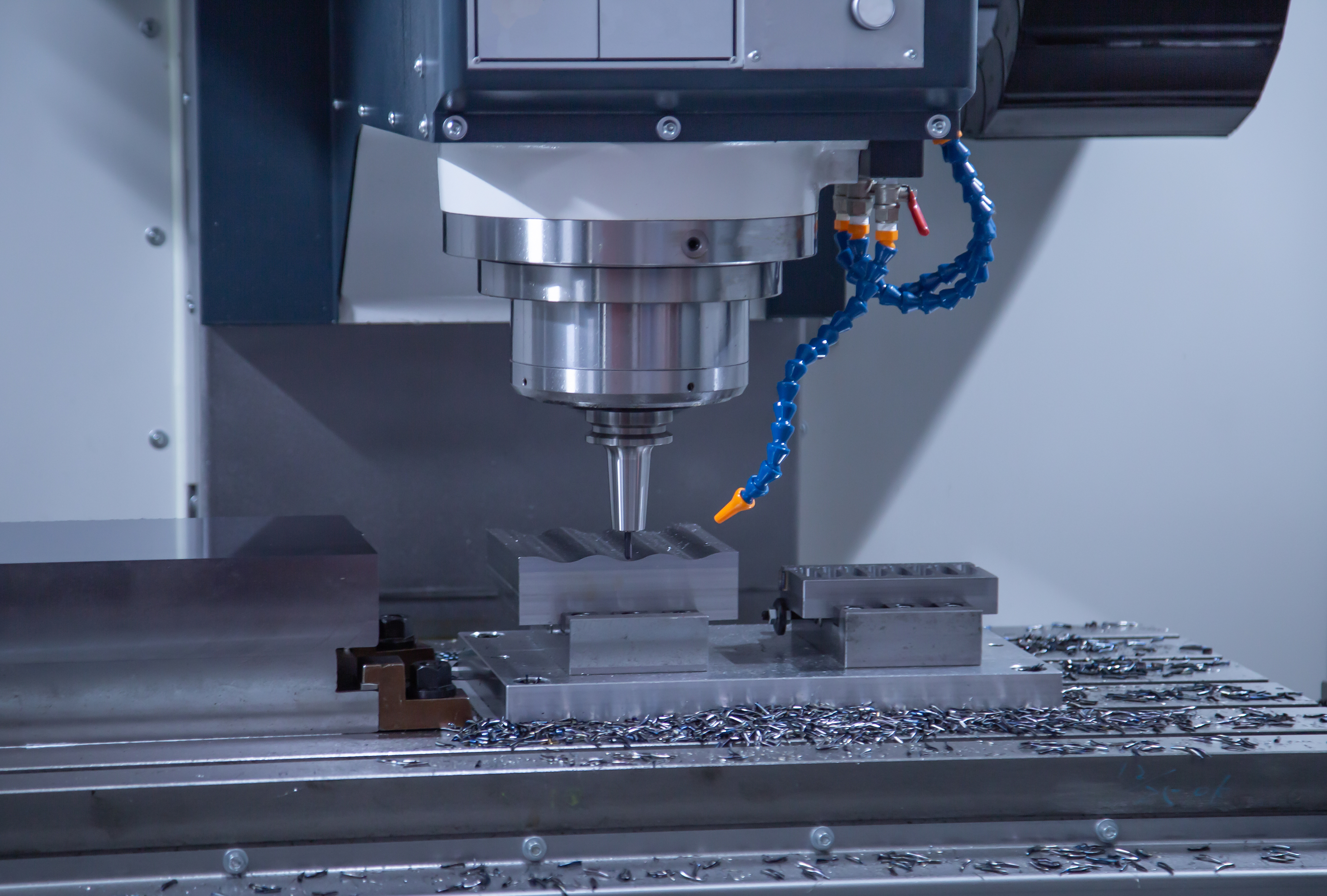
As the control core of machine tools, the functionality and operational stability of CNC systems directly determine the controllability and precision of the machining process. With manufacturing demands evolving toward complexity and efficiency, CNC systems have developed from single motion control to integration and intelligence. Through function expansion and performance optimization, they achieve in-depth adaptation to complex processes. The following analysis covers three aspects: functional composition, optimization paths, and technical trends.
Motion Control: Enables precise coordination of multi-axis linkage (up to 20+ axes). Interpolation algorithms (e.g., linear, circular, spline interpolation) ensure smooth tool paths, with interpolation cycles typically controlled between 0.1-1ms to meet high-speed machining requirements.
Logic Control: Implements sequential control of auxiliary functions via PLC programs, including coordinated actions such as spindle start/stop, coolant on/off, and tool changes, ensuring accurate and timely process transitions.
Parameter Management: Stores and retrieves sets of machining parameters (e.g., cutting speed, feed rate, tool compensation values) for different workpieces, supporting parameter encryption and permission management to prevent unauthorized modifications.
Advanced Programming Interfaces: Support macro programs and user-defined G-codes, allowing technicians to write dedicated machining logic for special processes, suitable for 异形件 (non-standard contours) machining scenarios.
Process Databases: Preloaded with recommended cutting parameters for different materials (e.g., steel, aluminum, titanium alloys), automatically matching basic parameters based on tool type and machining method to shorten process debugging cycles.
Remote Monitoring: Uploads equipment operation data (e.g., spindle load, machining progress, fault codes) via Ethernet or wireless communication modules, supporting remote diagnosis and program distribution for distributed production management.
Processor and Storage Configuration: Adopts multi-core processors (typically 4 cores or more) to enhance parallel processing capabilities, paired with high-speed cache and solid-state storage. This reduces program loading and data computation time, improving preprocessing speed for complex programs by over 50%.
Servo Drive Matching: Optimizes servo control algorithms (e.g., PID control, feedforward control) to minimize position and speed loop adjustment errors, keeping tracking errors within 0.01mm and reducing contour deviations in dynamic machining.
Interface Expansion Capability: Reserves sufficient I/O and bus interfaces (e.g., EtherCAT, PROFINET) to support real-time data interaction with external devices (e.g., vision inspection systems, robots), with interface response delays ≤10μs.
Interpolation Accuracy Enhancement: Uses high-order spline interpolation algorithms (e.g., NURBS interpolation) to segment and fit complex curves, controlling theoretical contour errors at the nanoscale—ideal for high-precision machining of mold surfaces.
Acceleration/Deceleration Control: Replaces traditional trapezoidal curves with S-curve acceleration/deceleration to reduce impact loads during startup and stop phases, minimizing positioning errors caused by inertia and reducing wear on mechanical components.
Vibration Suppression: Real-time monitoring of cutting vibration signals (e.g., via acceleration sensors) enables automatic adjustment of feed rate or spindle speed to avoid resonance frequencies, reducing surface roughness by 1-2 grades.
For High-Speed Machining: Optimizes look-ahead control functions to pre-analyze the tool path of the next 50-100 program segments, predicting speed changes to avoid sudden deceleration during high-speed operation and maintain stable cutting efficiency.
For Heavy-Duty Cutting: Enhances torque limitation and load monitoring. When cutting forces exceed preset thresholds, the system automatically reduces feed rate and issues warnings to prevent spindle overload and tool breakage.
For Micro-Precision Machining: Integrates nanoscale interpolation and feedback control, paired with high-precision linear scales (resolution ≤0.1μm) to achieve submicron-level position control, meeting requirements for optical components and precision molds.
Seamless Connection with CAD/CAM Systems: Supports direct reading of 3D model files (e.g., STEP, IGES formats), automatically generating tool paths and performing collision simulations to reduce manual intervention.
Data Flow with Production Management Systems: Pushes real-time machining data (e.g., completed quantities, equipment status) to MES systems via standard communication protocols (e.g., OPC UA) while receiving production plans and process instructions, enabling closed-loop control of production processes.
Adaptive Control: Dynamically adjusts machining parameters based on real-time cutting data (e.g., cutting force, temperature, vibration), ensuring stable machining quality even with variables like material hardness fluctuations and tool wear.
Fault Diagnosis and Prediction: Analyzes historical fault data and operational parameters to build early warning models, identifying potential failures (e.g., servo motor aging, bearing wear) in advance and providing maintenance recommendations.
Selection Adaptability: Choose CNC system models based on machining requirements (e.g., axis count, precision grade, speed range) to avoid overcapacity or underperformance. For example, ordinary lathes do not require 5-axis linkage functions.
Debugging and Calibration: Precise calibration is required after system installation, including axis positioning accuracy compensation, backlash compensation, and pitch error compensation. Calibration is typically performed semi-annually to maintain long-term stability.
Software Version Management: Regularly update system firmware and application software to access function upgrades and bug fixes. However, compatibility testing is necessary before updates to prevent program malfunctions.
Optimization of CNC systems is a continuous iterative process that requires balancing function richness and operational efficiency based on specific machining scenarios. For mass production enterprises, emphasis should be placed on system stability and data traceability; for customized machining enterprises, flexible programming and process adaptability are critical. Through rational configuration and continuous optimization, CNC systems can improve the overall machining efficiency of machine tools by over 30%, serving as a core support for enterprises to enhance manufacturing competitiveness.

